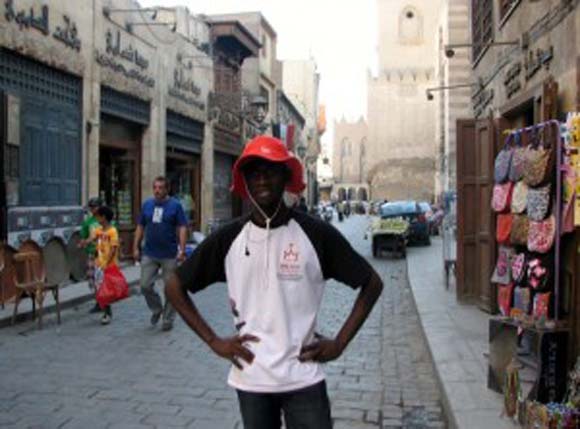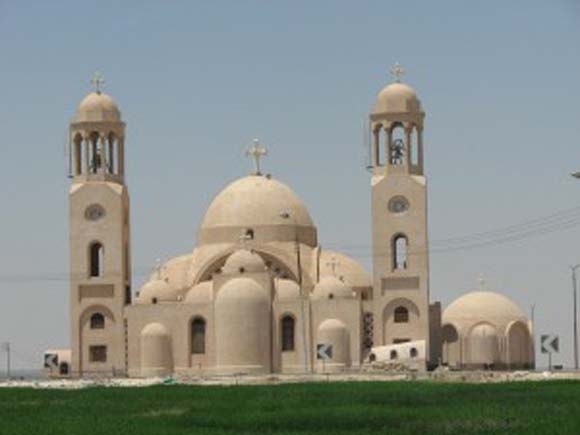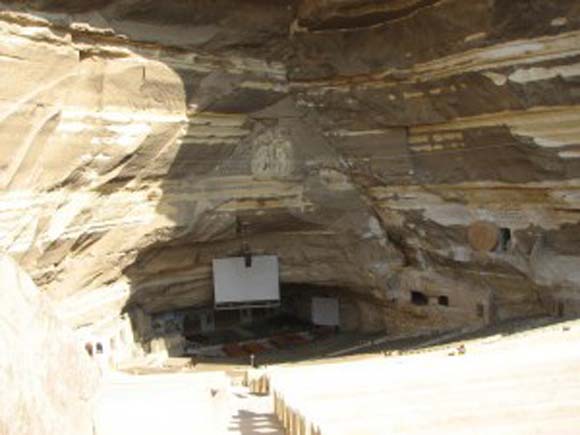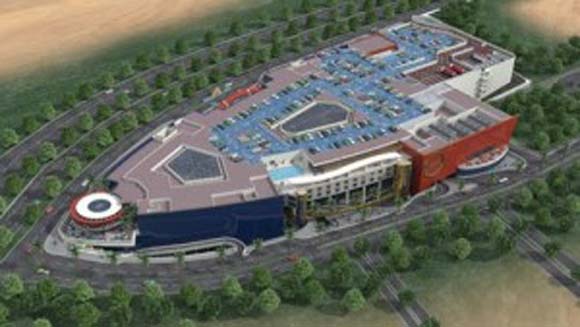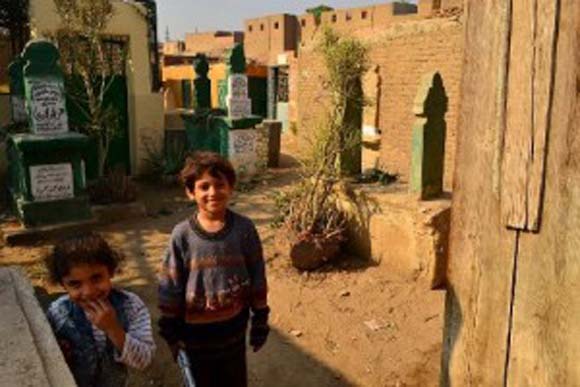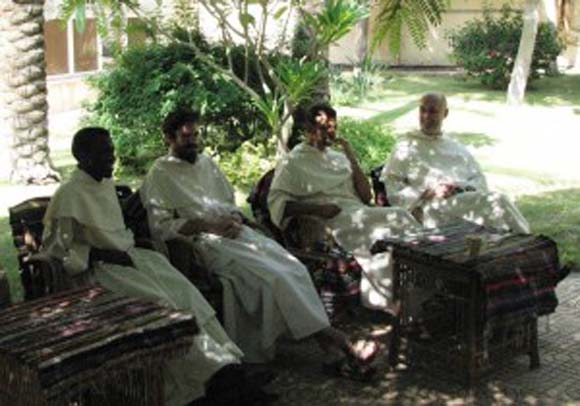
What I did in the summer – Visit to Cairo
 |
| From right to left: Frs René-Vincent, Jean, Adrien and Gustave |
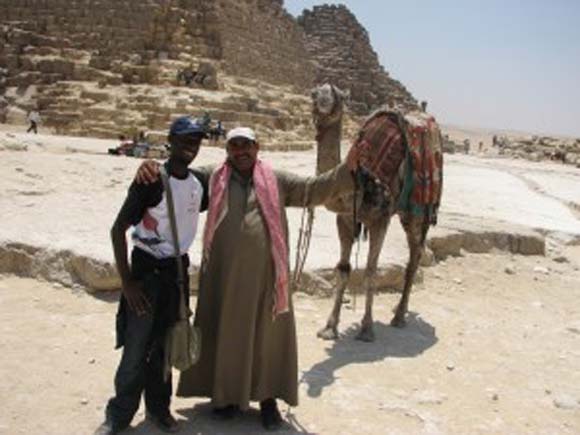 |
||||
Posing with a guide with his camel
|
After spending days visiting highly different suburbs of Cairo, I came to realise that life there is more complex than I imagined, and so are people’s mindsets. I got different ideas of Cairo, moving from the postmodern houses of Smart Village to the City of the Dead (where families actually live in tombs), from the quiet and hyper clean streets of Az-zamalek to the noisy Sharia Ramsi’s or Sharia El Ghaysh, from the Sushi restaurants of El Ma’adi to the world’s largest recycling hub Moqattam (the ‘garbage city’), from the enormous futuristic shopping mall of Sun City to the more traditional (and more attractive) market of Khan Al Khalilli.
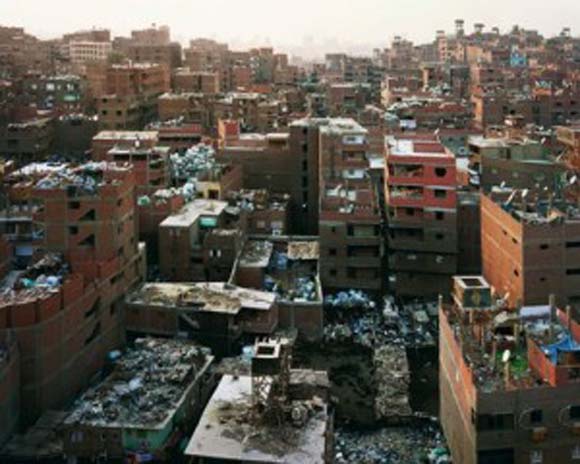 |
| Aerial view of Moqattam, the ‘garbage city‘ |
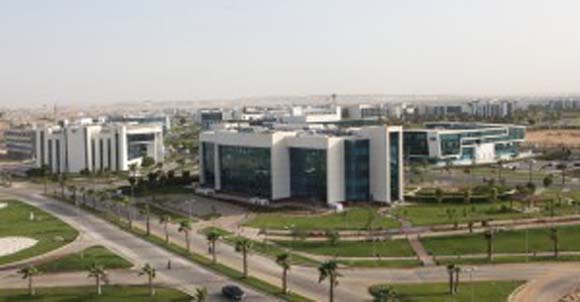 |
| Smart Village in Cairo |
After ten formal interviews and countless long chats with people, Muslims and Christians, I came to understand that religious tensions in Egypt usually arise when an Imam speaks negatively of Christians or a Christian priest tries to undermine Islam. The killings generally start after a small incident: when I was there, an entire community started a fight in Dahshur because a Christian tailor had burnt a shirt belonging to a Muslim client while trying to iron it. As I visited Cairo during the month of Ramadan, I witnessed the highest level of Islamic spirituality, devotion and charitable works. Many times I was invited to the Iftar (the meal taken every evening by Muslims at sunset during the fasting of the month of Ramadan), sometimes by Muslims and many times by Christian friends who grew up in that tradition. I also spent hours reading books from the IDEO’s rich library, especially on the origins of the Christian-Muslim dialogue.
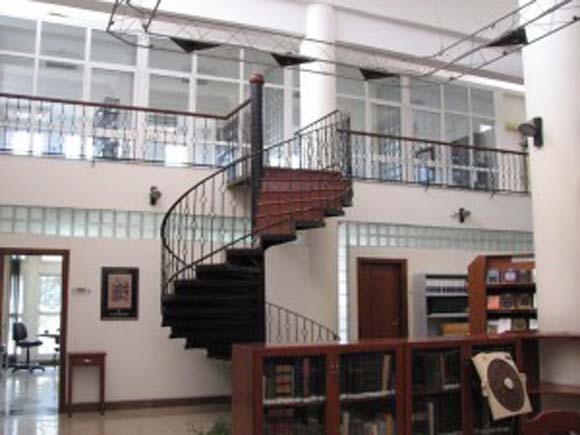 |
| Inside the IDEO’s library |
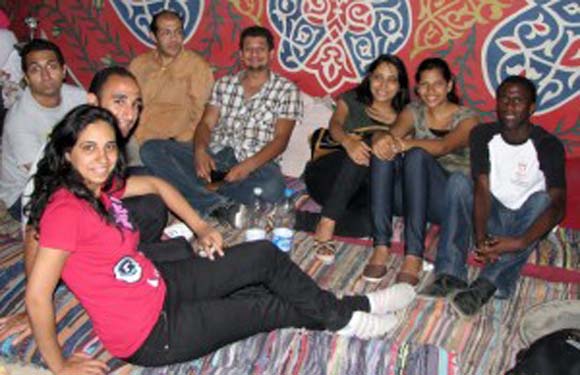 |
| Iftar with Christian friends and an Egyptian Dominican friar in Cairo |
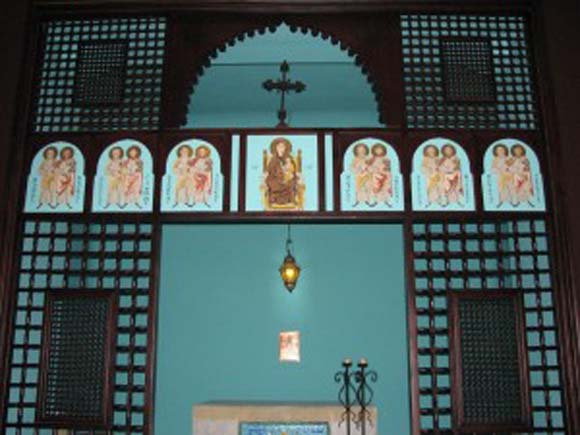 |
| Inside the Dominican Chapel in Cairo |
As I cannot yet make public the findings of my research, that being part of an academic work in progress, I only can say that I learnt that our ways to relate to our neighbours from a different religious tradition, depend much on how and where we grew up, but also on how we choose to live with them. I am currently learning Arabic, hoping to re-visit Cairo sometime in the near future and one day to see the mythical Baghdad.
